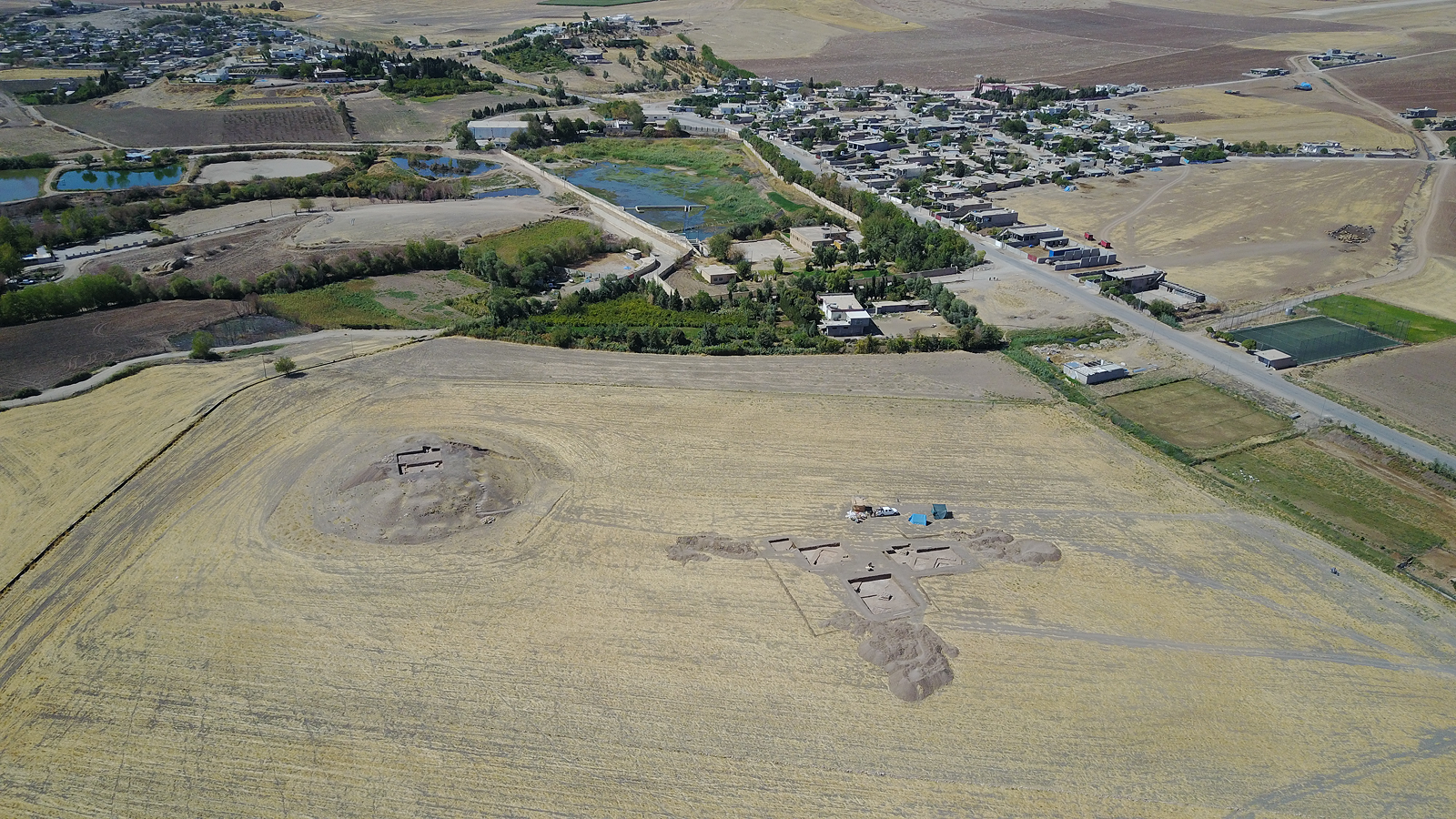What happened to the lost Pirate Republic?
Inside All About History 116: Discover how a band of outlaws tried to build a nation in paradise.

In All About History issue 116, on sale now, you will learn how some of the most notorious outlaws in the Caribbean banded together to form their own community, known by many as the Republic of Pirates.
With famous names like Blackbeard and Anne Bonny among their number, this was one of the most extraordinary chapters in the story of privateers and criminals operating in the Bahamas and beyond.
Angus Konstam, naval and maritime historian, is your guide to this amazing story —he unravels the origins of pirating in the region, how different captains came to work together and whether this brief collaboration can be called a Pirate Republic at all.
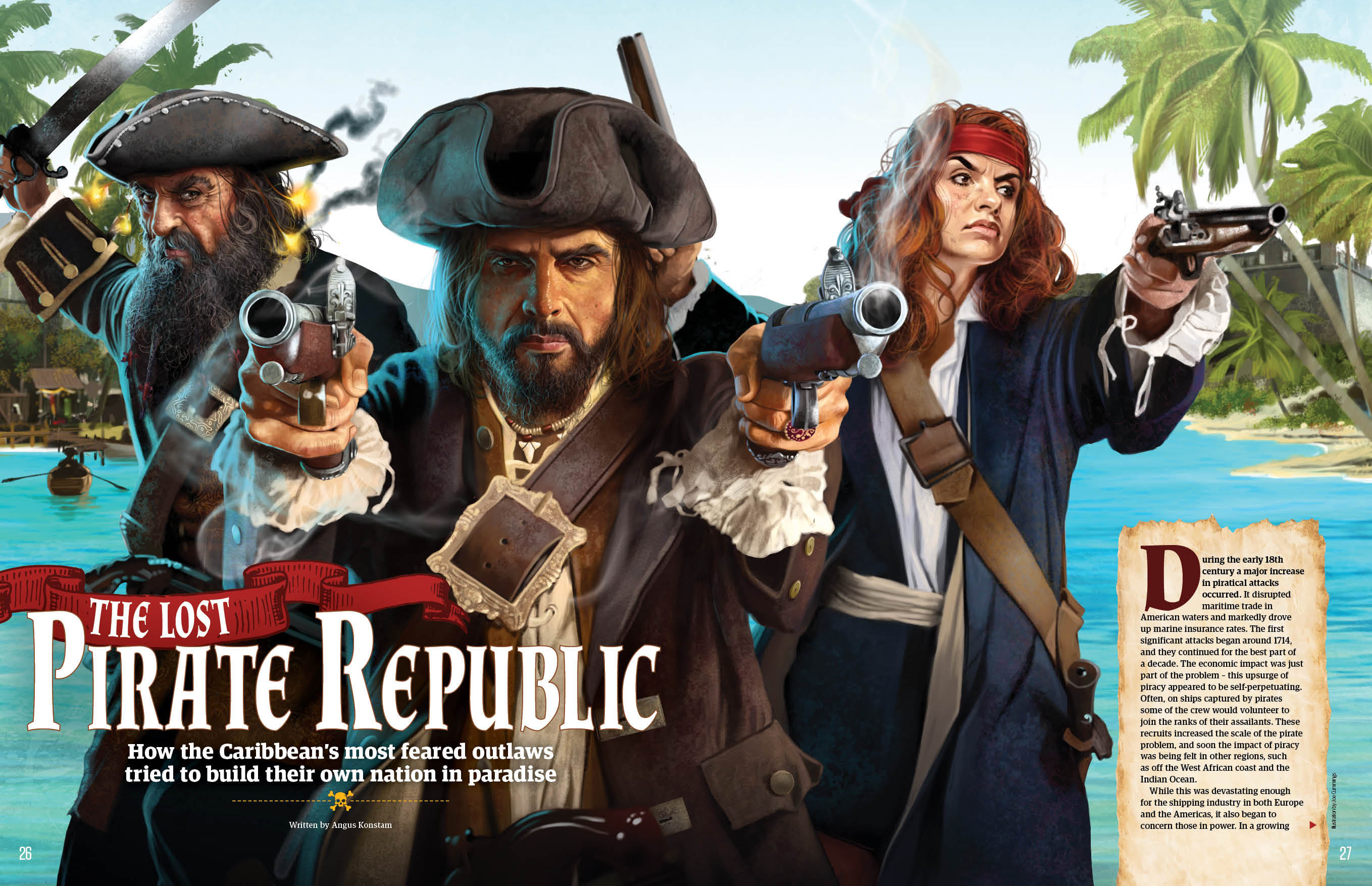
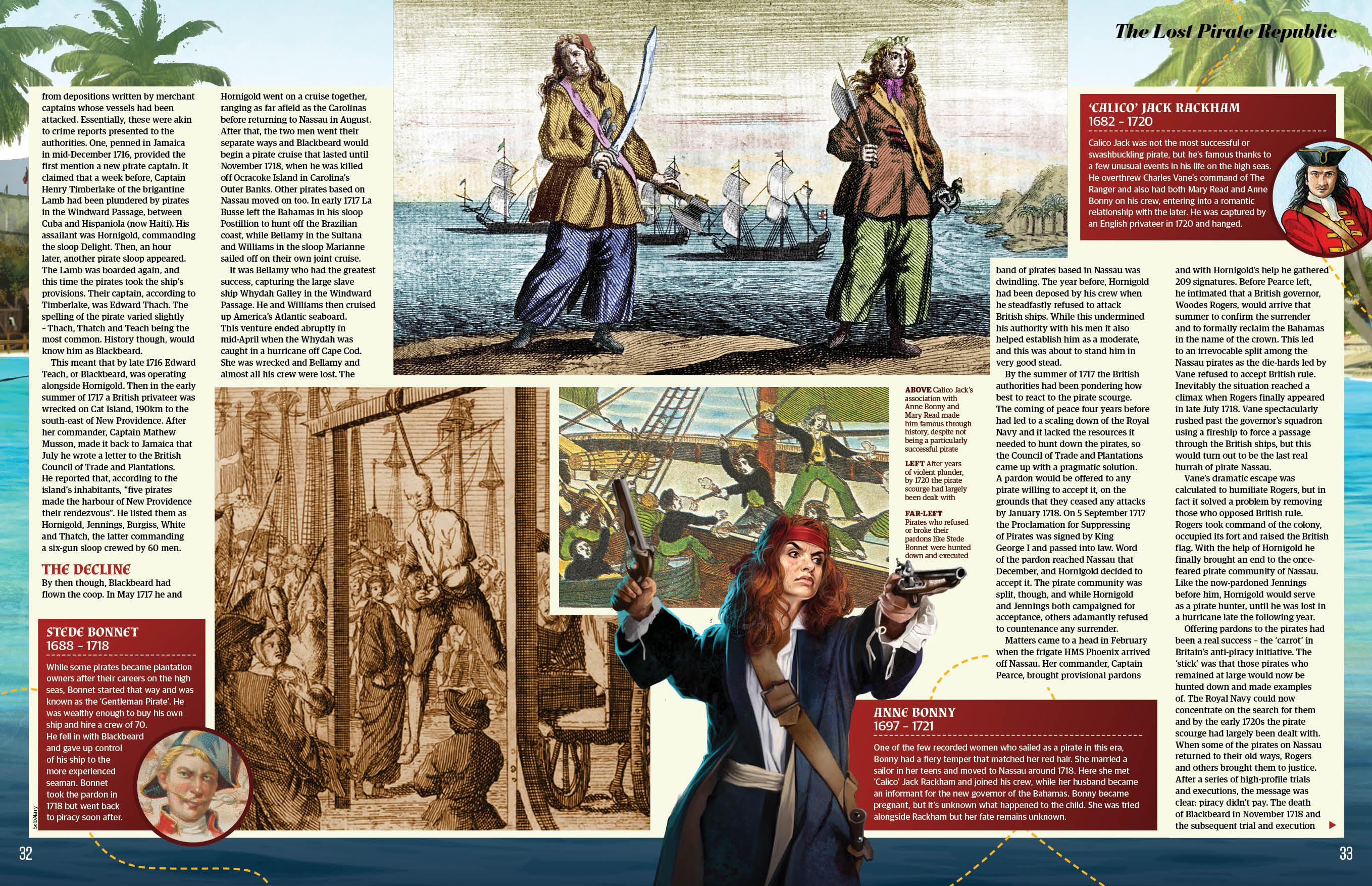

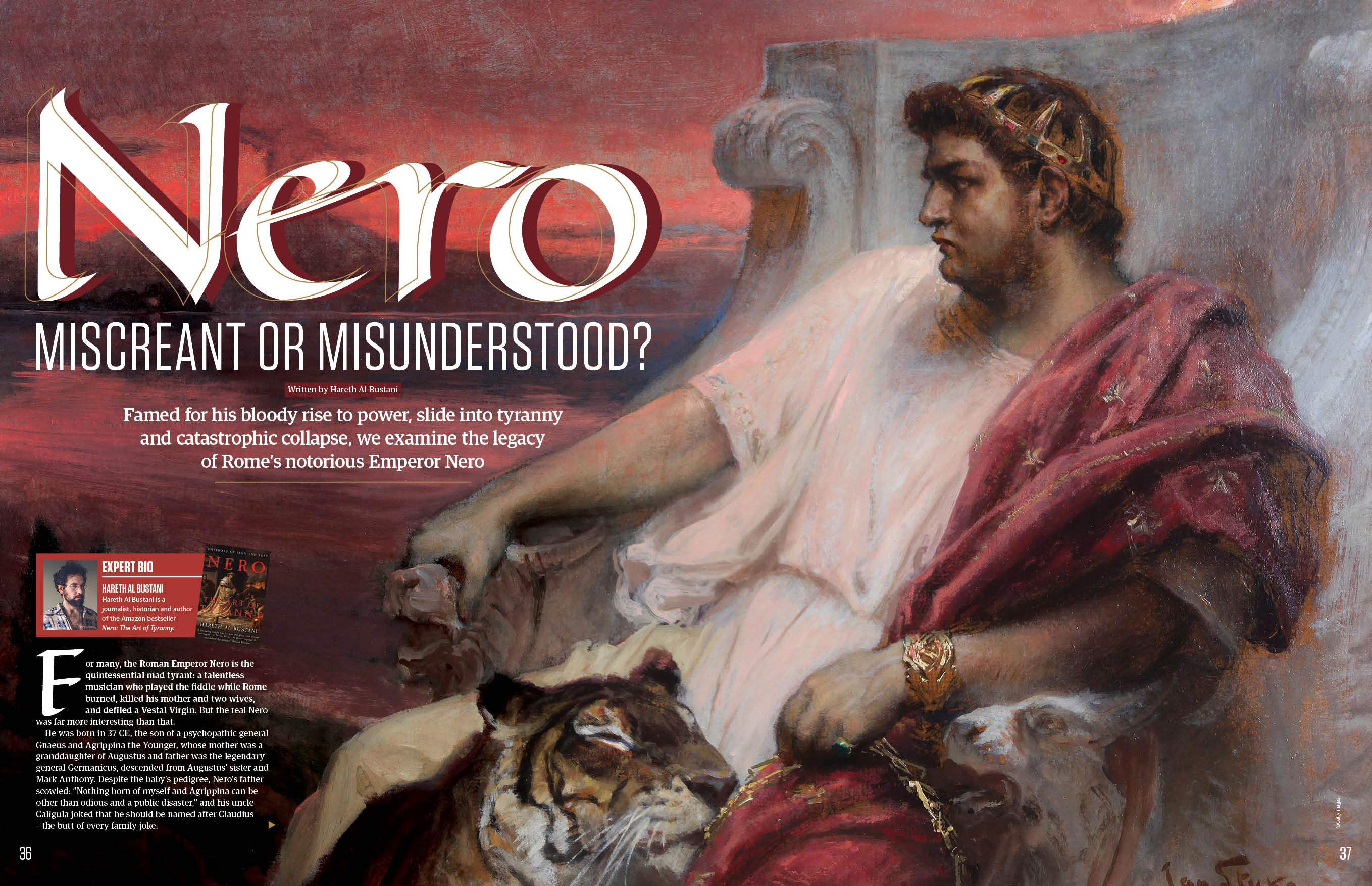

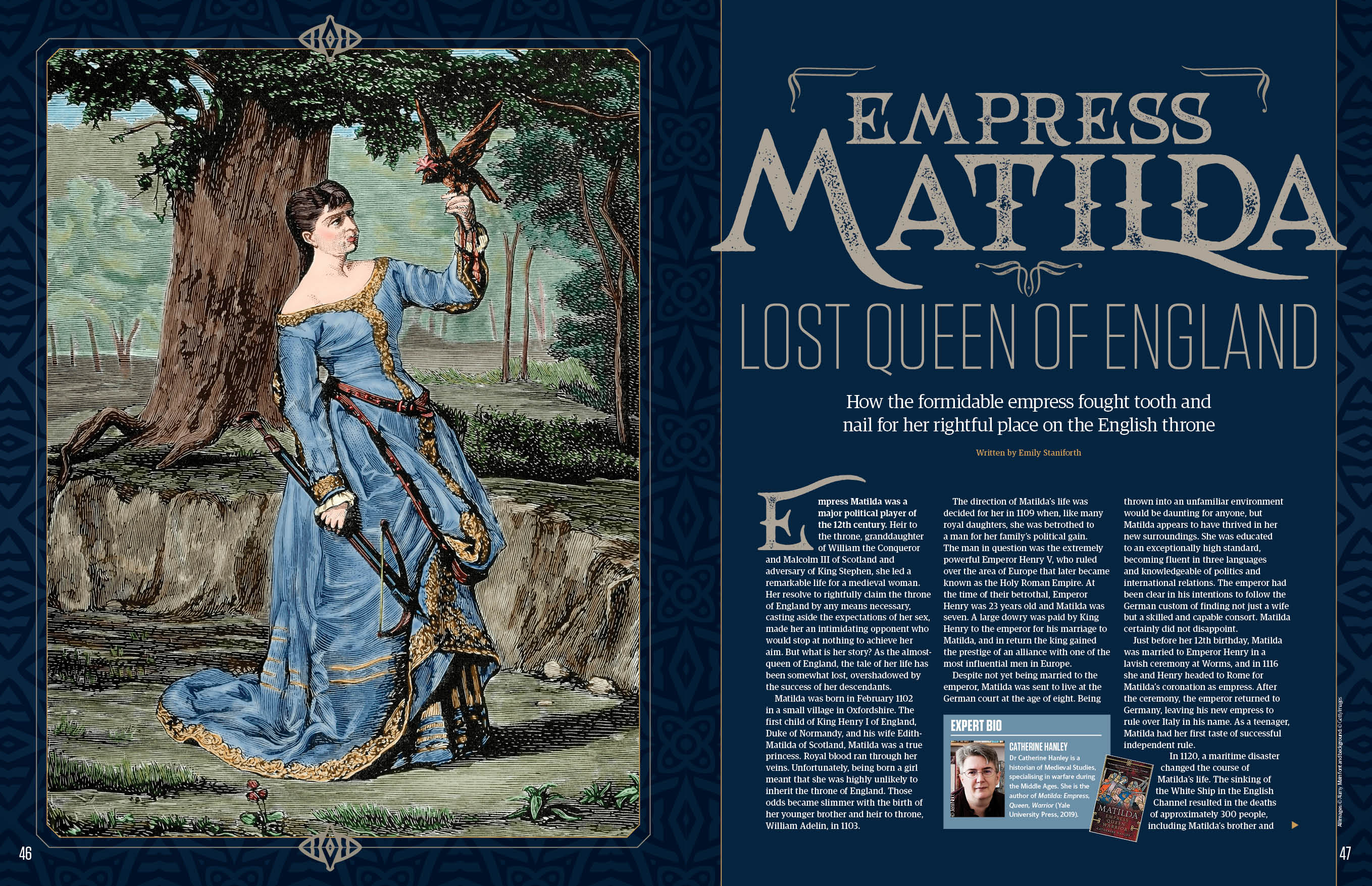
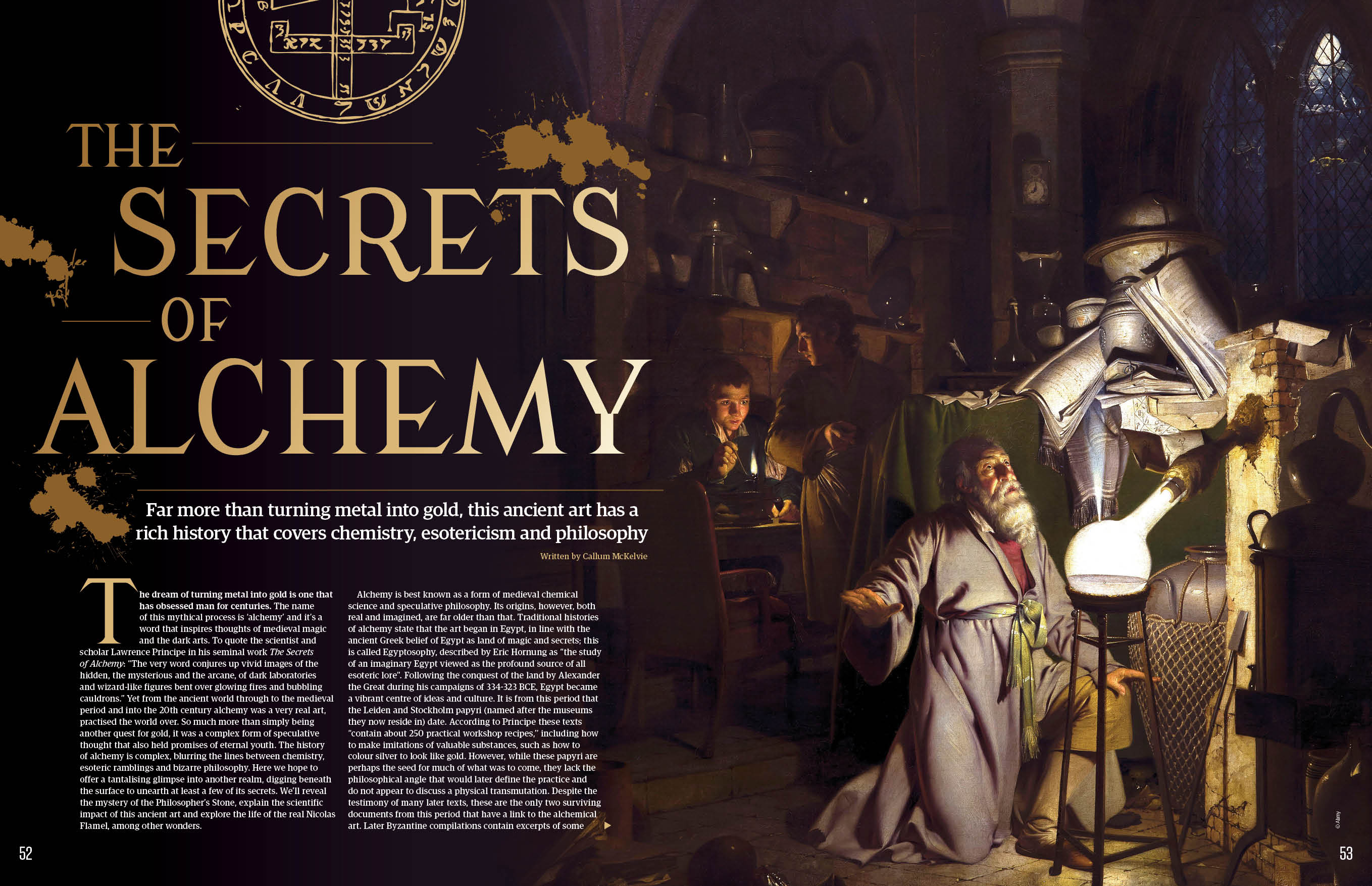
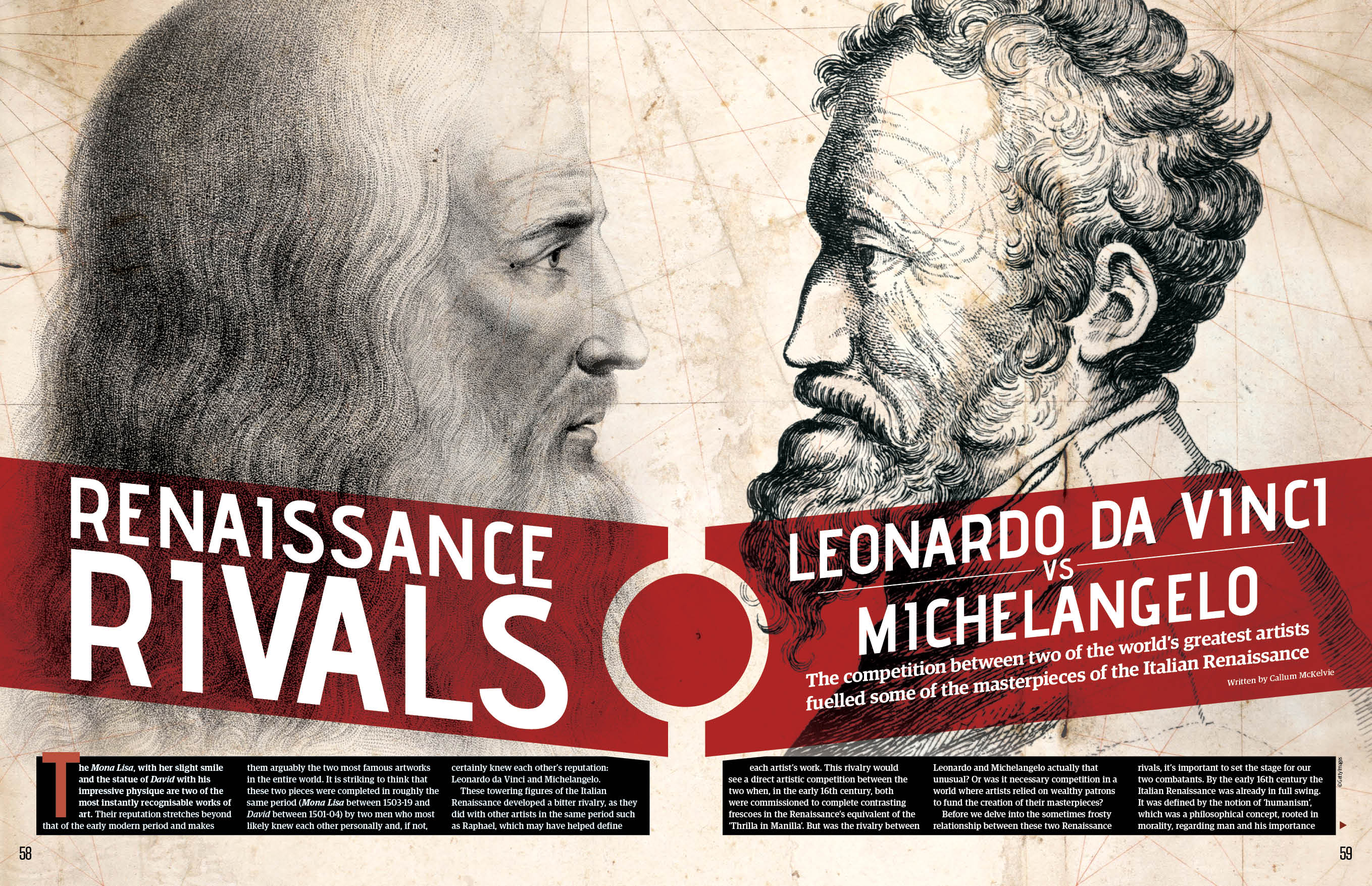
Also in All About History 116, find out what would have happened with Operation Valkyrie had succeeded in killing Adolf Hitler, why Da Vinci and Michelangelo were Renaissance rivals, why Empress Matilda is England's lost queen and why there's more science in alchemy than you might think.
Related: Read a free issues of All About History
You can also get an introduction to Ancient China, find out why Nero was possibly more desperate than despot and learn why German U-Boats were terrifying, but not as effective in WWII as we first thought.
The lost Pirate Republic
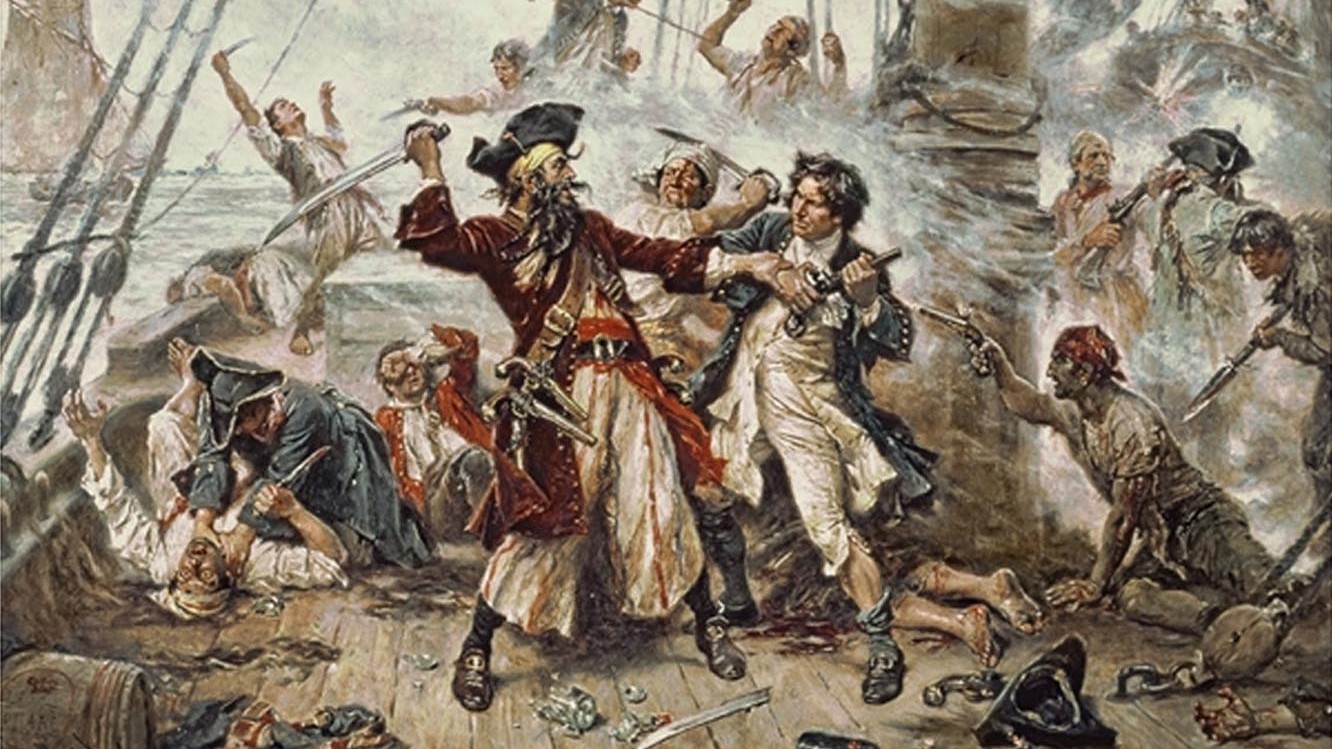
During the early 18th century a major increase in piratical attacks occurred. It disrupted maritime trade in American waters and markedly drove up marine insurance rates. The first significant attacks began around 1714, and they continued for the best part of a decade.
Get the world’s most fascinating discoveries delivered straight to your inbox.
The economic impact was just part of the problem — this upsurge of piracy appeared to be self-perpetuating. Often, on ships captured by pirates some of the crew would volunteer to join the ranks of their assailants. These recruits increased the scale of the pirate problem, and soon the impact of piracy was being felt in other regions, such as off the West African coast and the Indian Ocean.
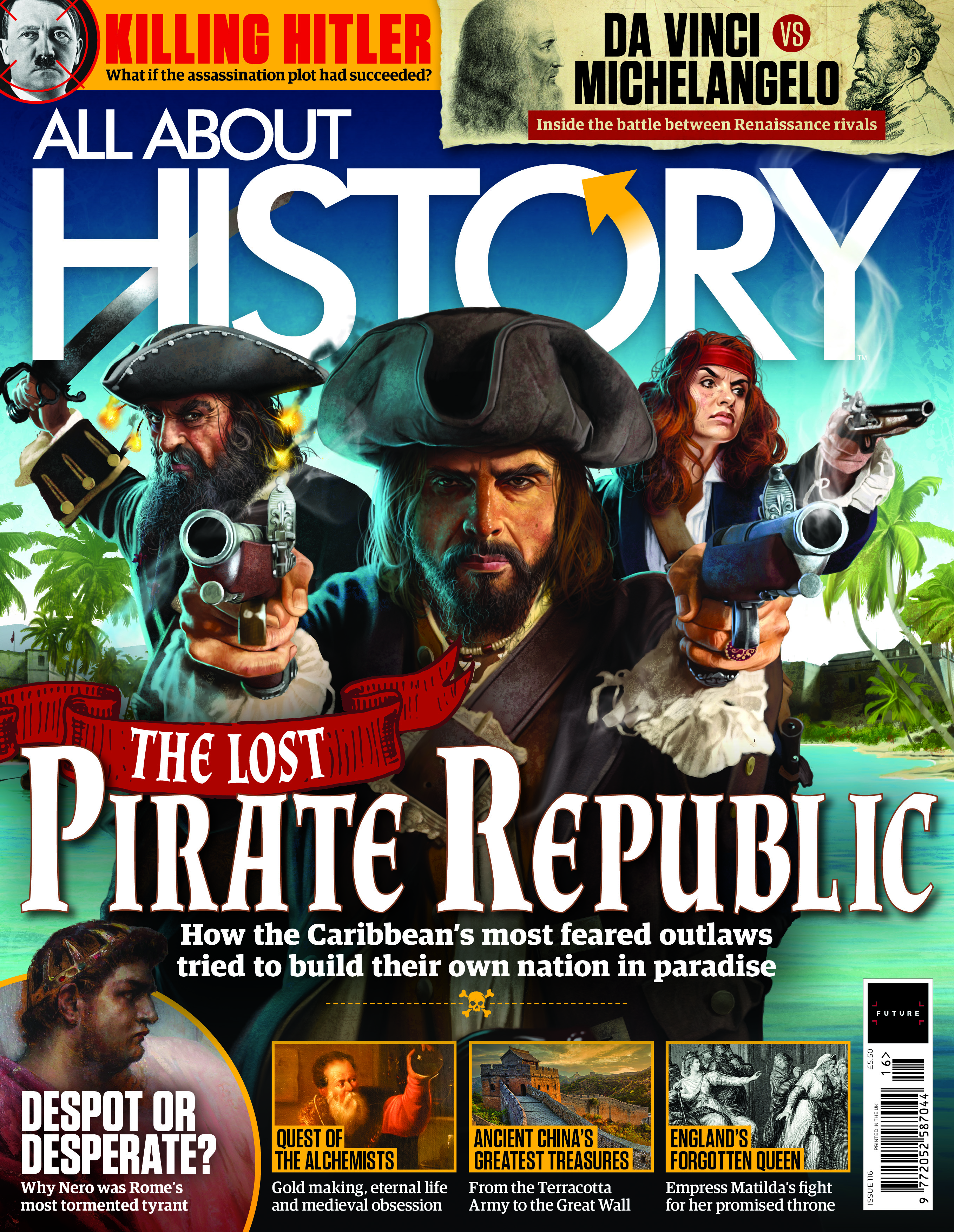
Subscribe to All About History today and get 5 issues for just $5 in our limited time Spring Sale offer. Now is the best time to guarantee yourself a copy of All About History every month.
While this was devastating enough for the shipping industry in both Europe and the Americas, it also began to concern those in power. In a growing number of instances, captains whose ships had been attacked reported that the pirates had abused them, both physically and verbally, while accusing them of cruelty to their crew and to seamen in general.
While this resentment towards authority was primarily directed at the captains, it was clear that it extended to national governments and even civilised society as a whole. It almost seemed as if once a seaman had become a pirate, he had rejected the very fabric of contemporary social order.
This, of course, posed a threat to the existing establishment, both in Europe and its colonies. It also suggested that the pirate scourge had a radical element to it.
Read more in All About History 116.
Secrets of alchemy
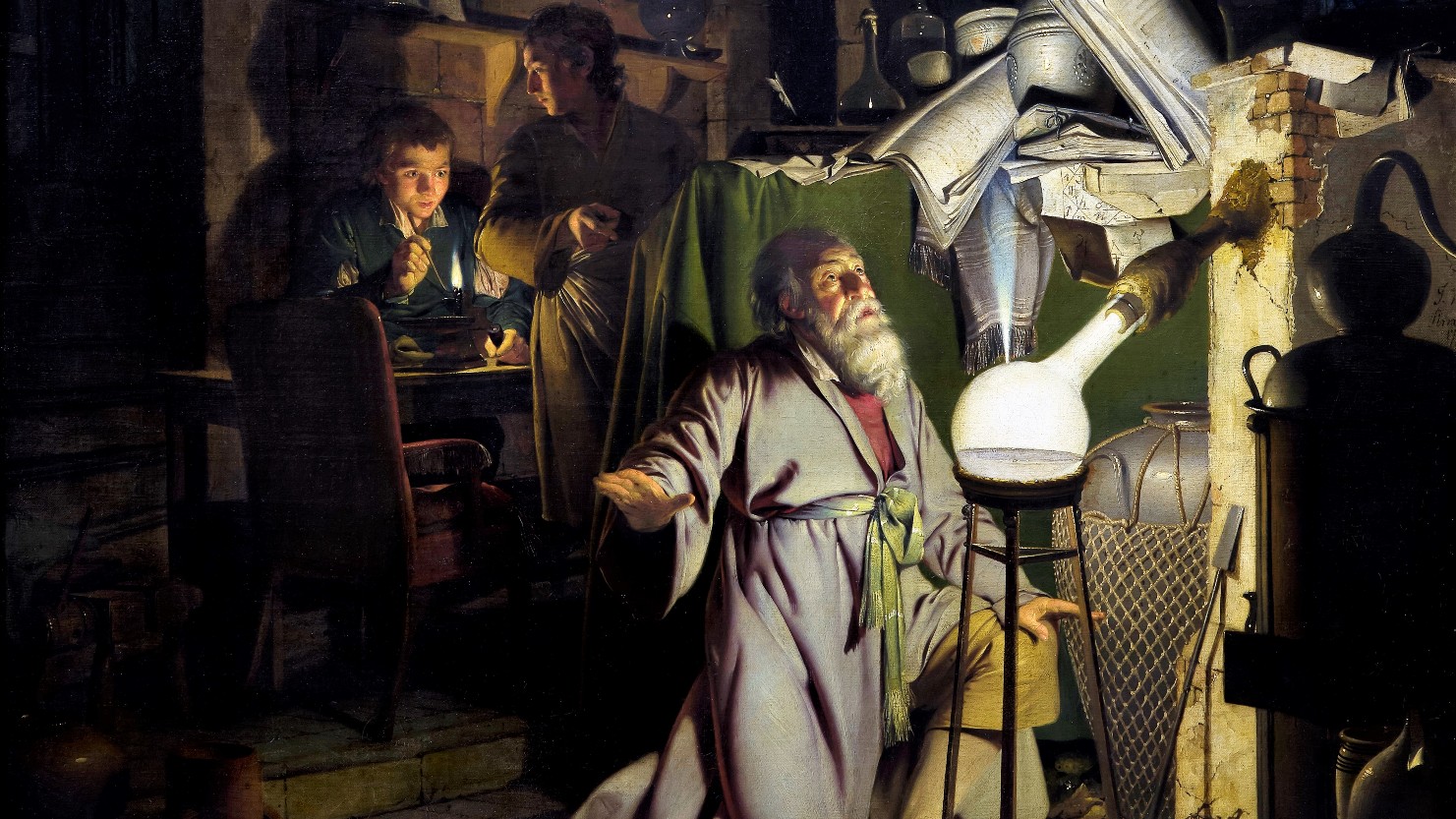
The dream of turning metal into gold is one that has obsessed man for centuries. The name of this mythical process is alchemy and it’s a word that inspires thoughts of medieval magic and the dark arts.
To quote the scientist and scholar Lawrence Principe in his seminal work "The Secrets of Alchemy": "The very word conjures up vivid images of the hidden, the mysterious and the arcane, of dark laboratories and wizard-like figures bent over glowing fires and bubbling cauldrons."
Yet from the ancient world through to the medieval period and into the 20th century alchemy was a very real art, practised the world over. So much more than simply being another quest for gold, it was a complex form of speculative thought that also held promises of eternal youth.
The history of alchemy is complex, blurring the lines between chemistry, esoteric ramblings and bizarre philosophy. Here we hope to offer a tantalising glimpse into another realm, digging beneath the surface to unearth at least a few of its secrets.
We'll reveal the mystery of the Philosopher's Stone, explain the scientific impact of this ancient art and explore the life of the real Nicolas Flamel, among other wonders.
Unlock more of the secrets of alchemy in All About History 116.
Da Vinci versus Michelangelo
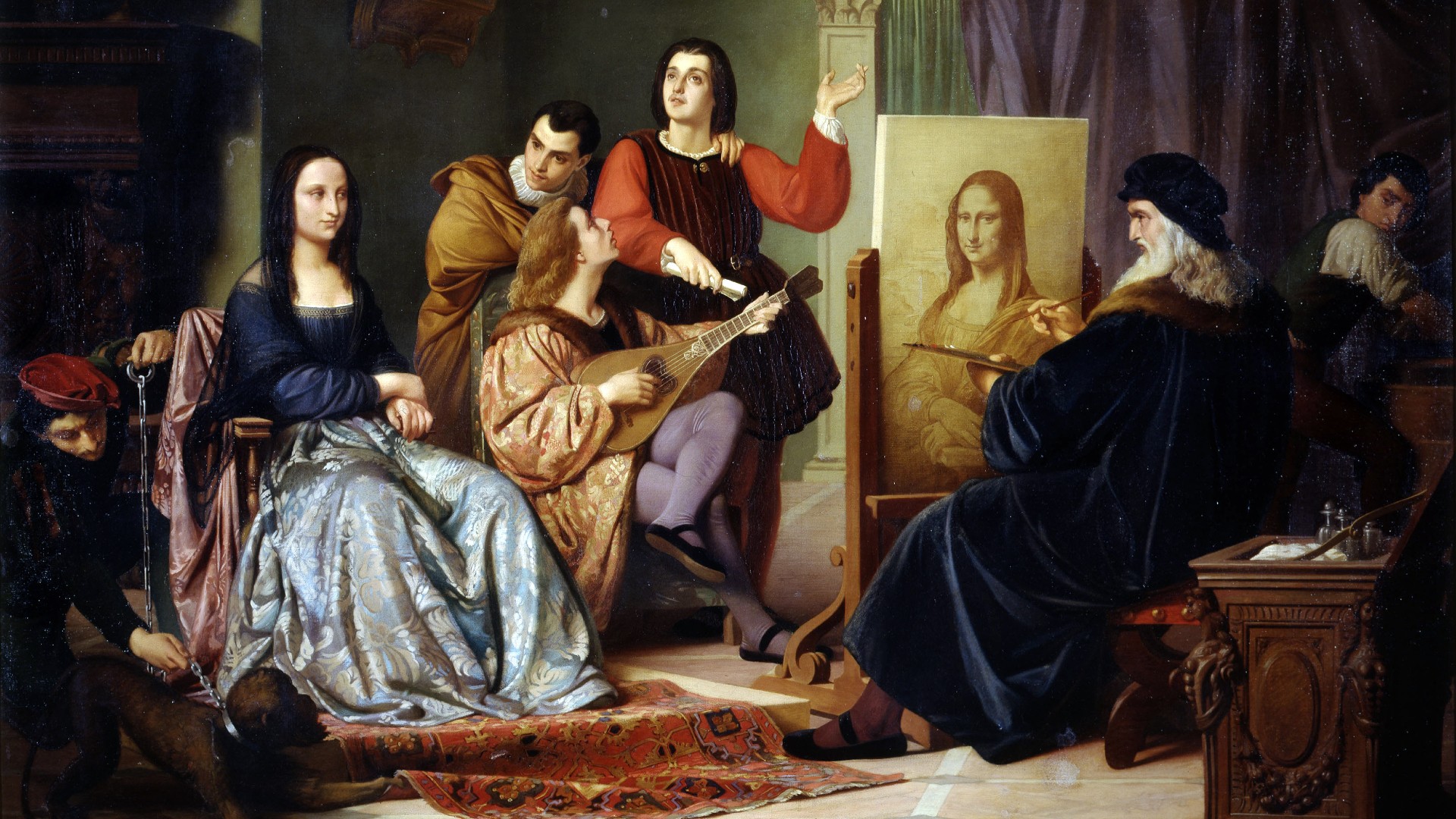
The "Mona Lisa", with her slight smile and the statue of "David" with his impressive physique are two of the most instantly recognisable works of art. Their reputation stretches beyond that of the early modern period and makes them arguably the two most famous artworks in the entire world. It is striking to think that these two pieces were completed in roughly the same period ("Mona Lisa" between 1503-19 and "David" between 1501-04) by two men who most likely knew each other personally and, if not, certainly knew each other’s reputation: Leonardo da Vinci and Michelangelo.
These towering figures of the Italian Renaissance developed a bitter rivalry, as they did with other artists in the same period such as Raphael, which may have helped define each artist’s work. This rivalry would see a direct artistic competition between the two when, in the early 16th century, both were commissioned to complete contrasting frescoes in the Renaissance’s equivalent of the 'Thrilla in Manilla'. But was the rivalry between Leonardo and Michelangelo actually that unusual? Or was it necessary competition in a world where artists relied on wealthy patrons to fund the creation of their masterpieces?
Read the rest of this fascinating story in All About History 116.

Jonathan is the Editor of All About History magazine, running the day to day operations of the brand. He has a Bachelor's degree in History from the University of Leeds. He has previously worked as Editor of video game magazines games™ and X-ONE and tech magazines iCreate and Apps. He is currently based in Bournemouth, UK.


